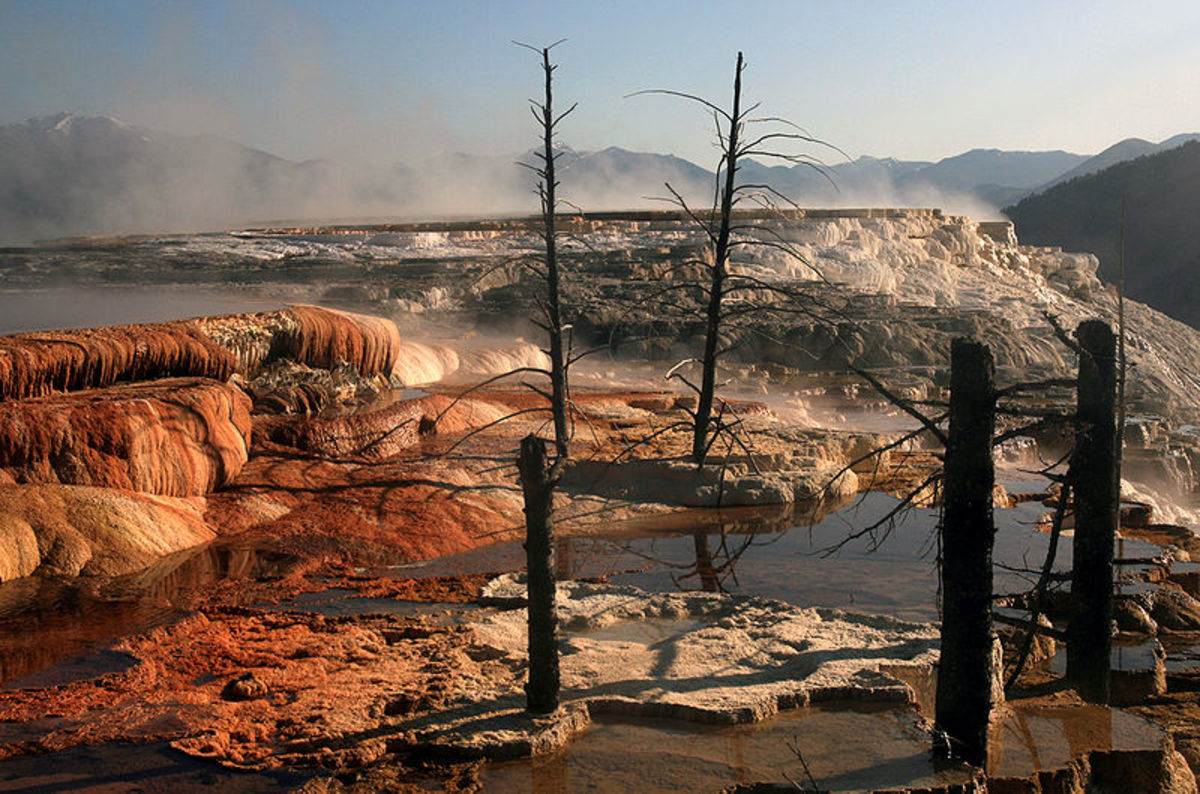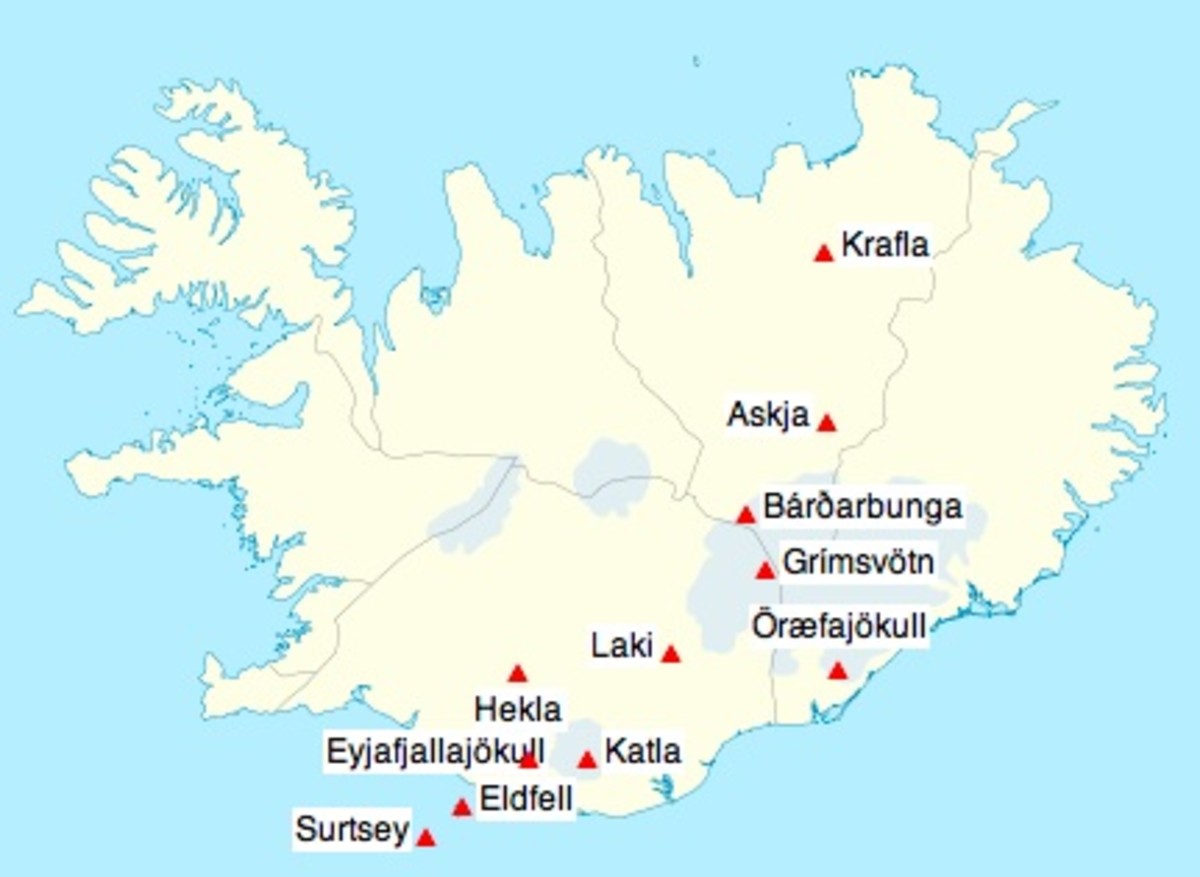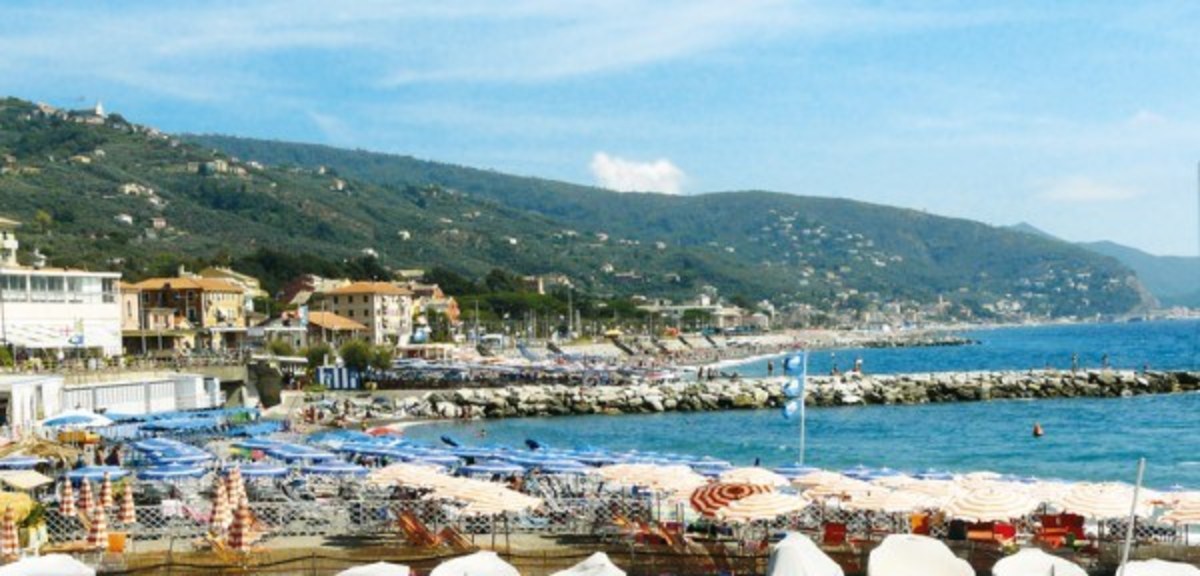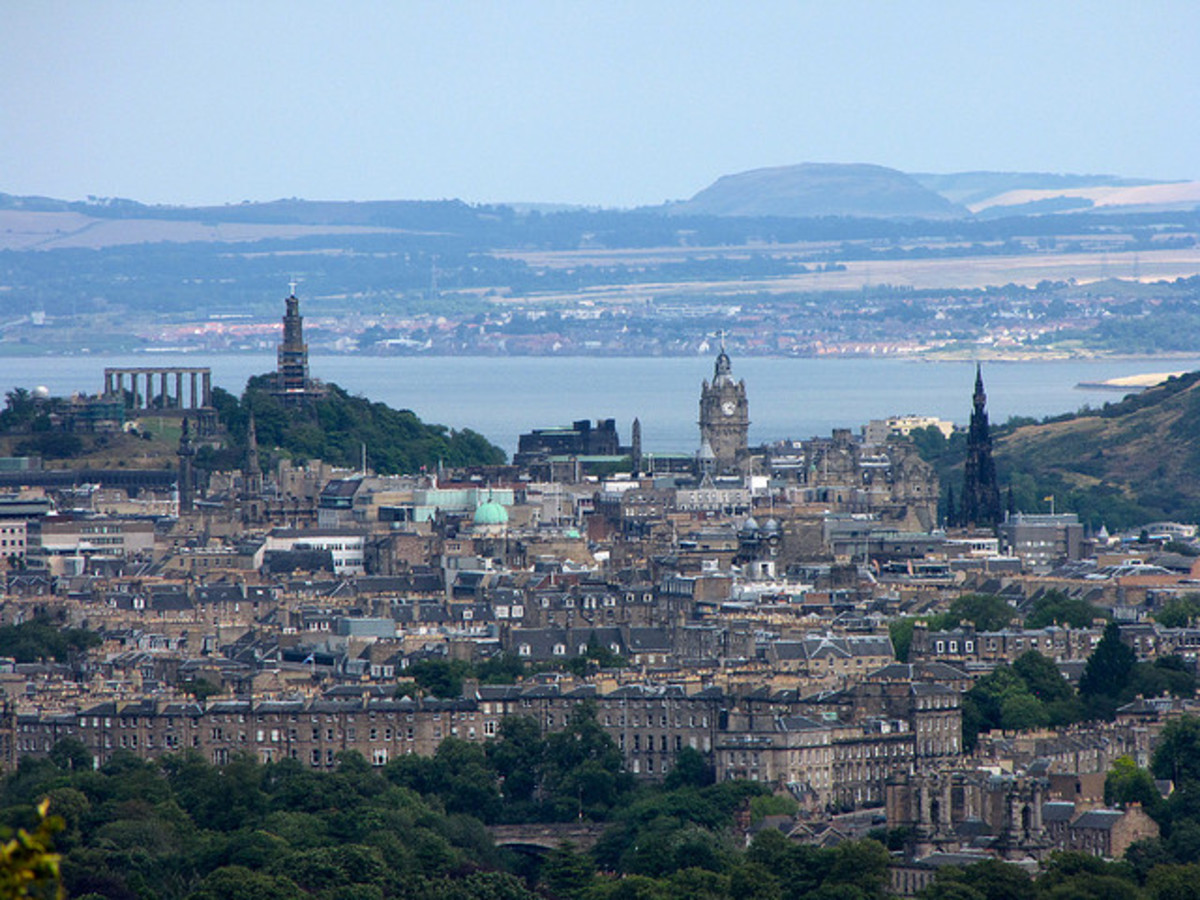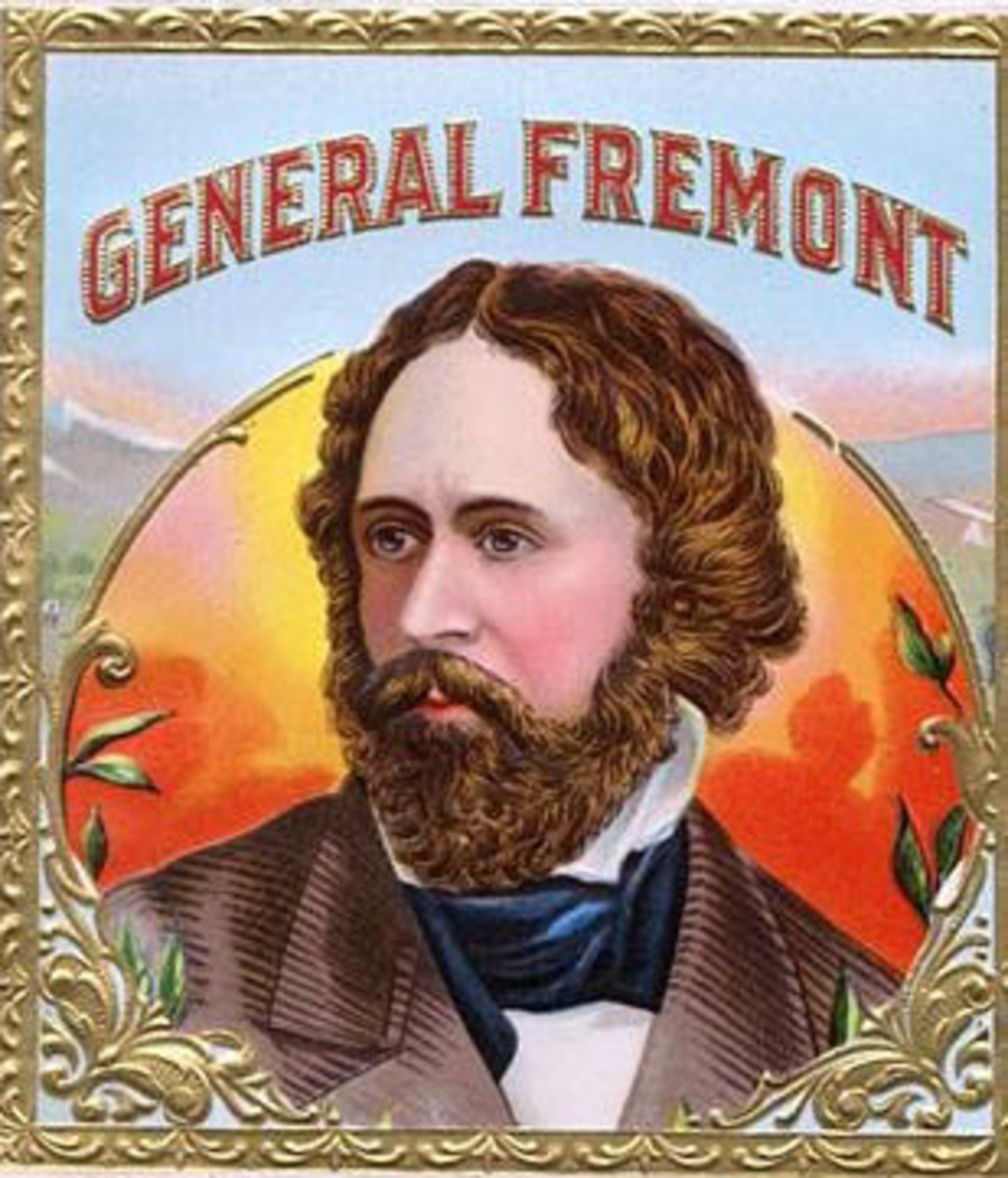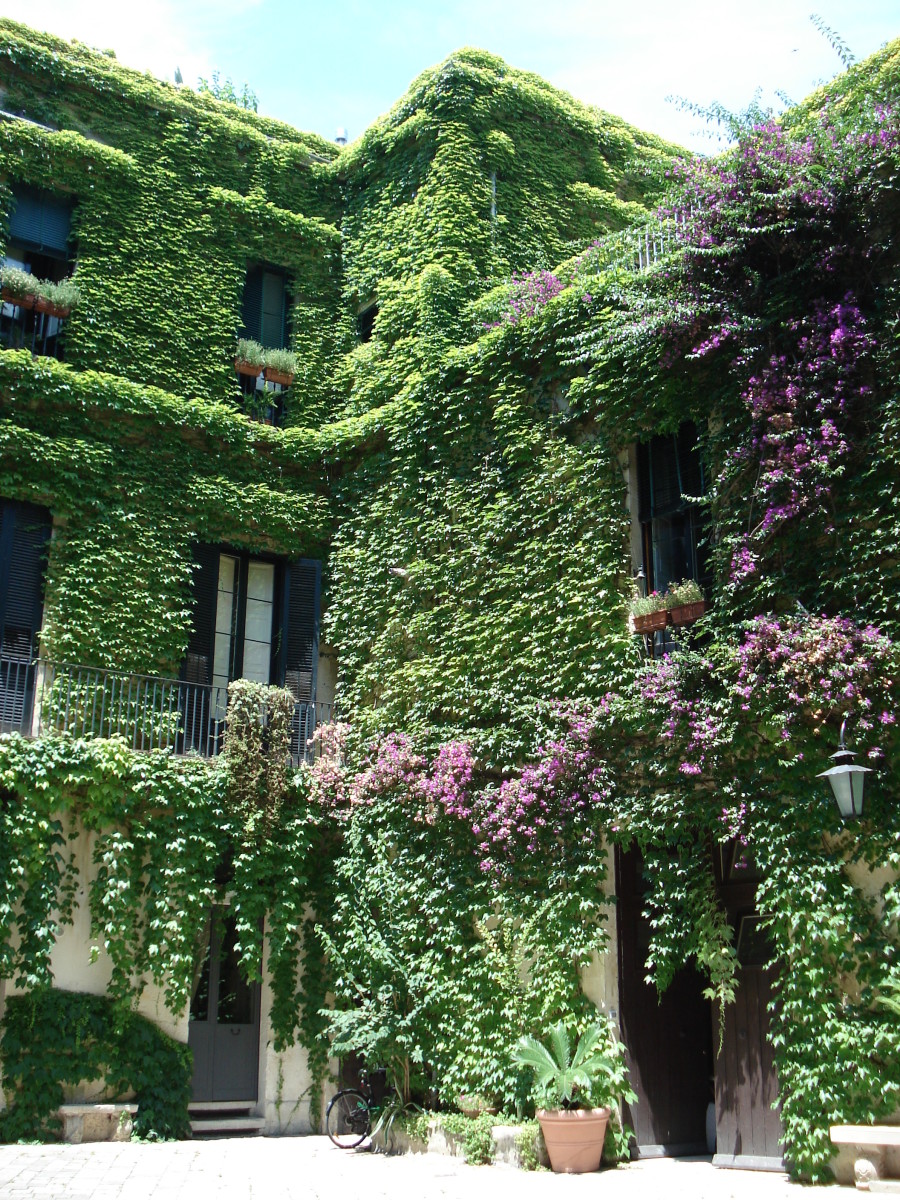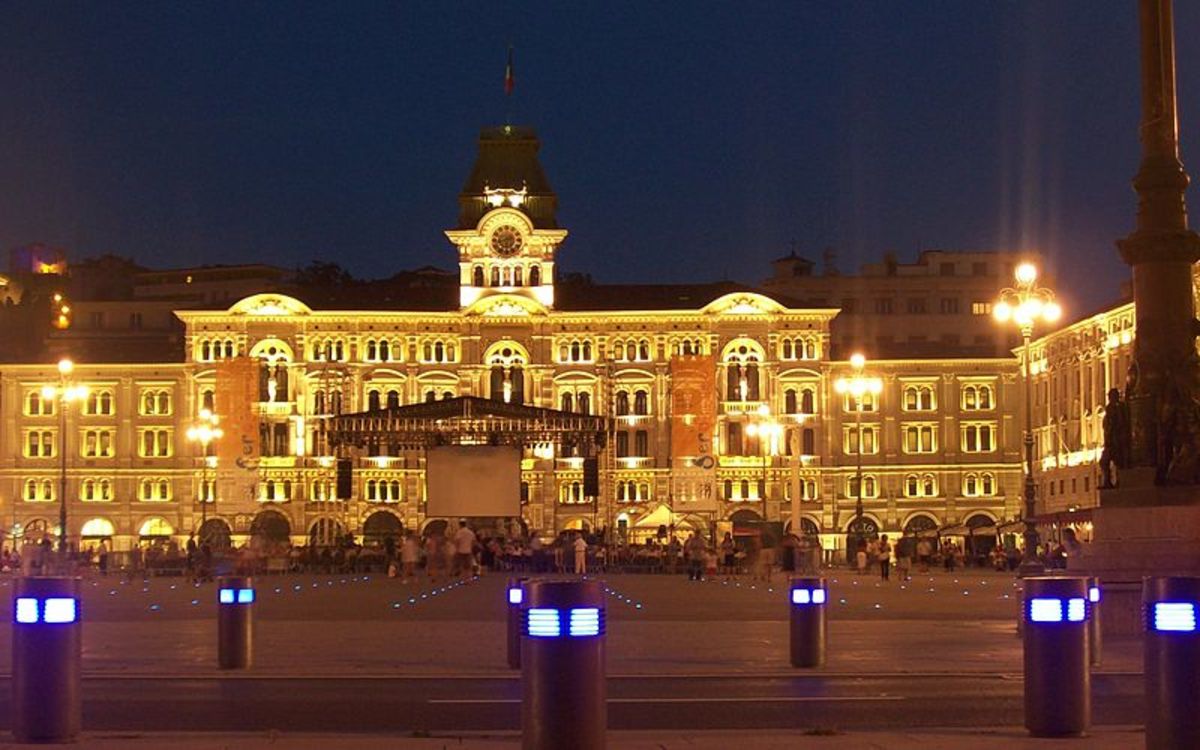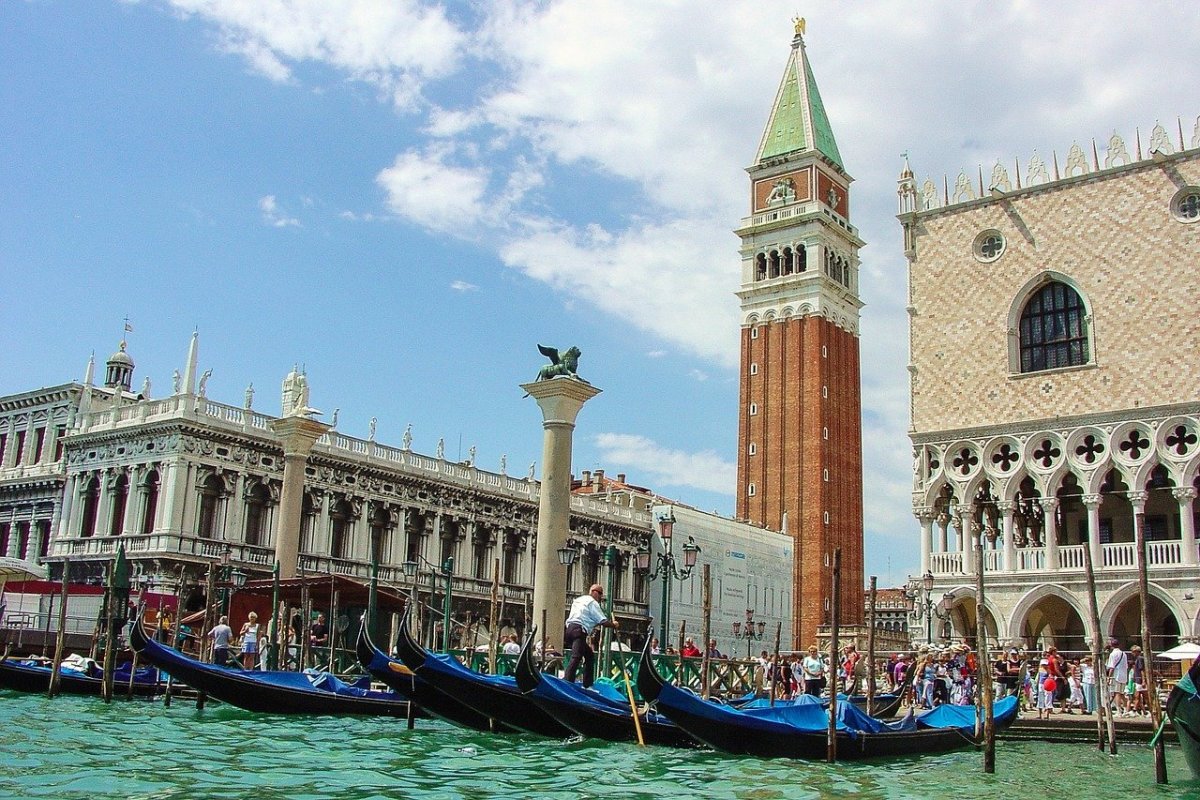Herculaneum - the Italian town buried in volcanic ash in AD79
Archeology products from Amazon
Why is Herculaneum important today?
Herculaneum is important because it was buried so suddenly and in such a way that it has remained almost intact for 2000 years.
The eruption of Mount Vesuvius in AD79 buried the town and the people in superheated pyroclastic material, a type of hot ash which did not burn to ashes, thus preserving bodies, timber and other delicate materials intact, including their colours.
The burial of Herculaneum under 23m of ash was deep enough to ensure the upper storeys of buildings remained intact, and the hotter ash preserved wooden household objects such as beds and doors and even food.
In addition, Herculaneum was a wealthier town than Pompeii with an extraordinary density of fine houses, and far more lavish use of coloured marble cladding.
Most of the townspeople were evacuated before the eruption but 300 skeletons were found recently in in the arched stonework by the seashore.
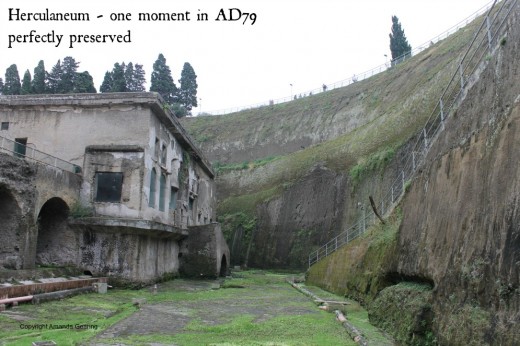
Map of Herculaneum
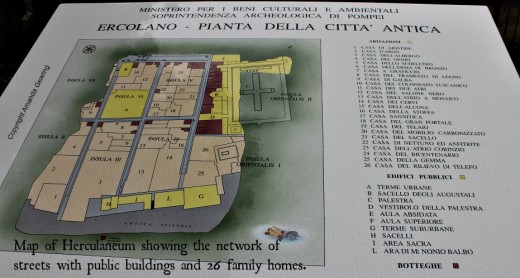
Where is Herculaneum?
From the Monastery where were were staying in Maiori on the Amalfi Coast, we wet off to the north east to Herculaneum and, time permitting, Pompeii.
The GPS did not recognise Herculaneum. Problem. We set off, hoping some road signs would help as we went along. I tried using my phone on GPS, zoomed in onto the area where Herculaneum is and found Erculano Scavi (Herculaneum Excavation).
We continued along the very narrow, very winding but very scenic coast road towards the city of Salerno, where we would then turn to the north towards Naples.
At the turnoff, the slip road onto the highway turned so sharply left without notice that we missed the turning and had to make a U-turn on quite a busy narrow road to return to the turnoff.
Once on the correct slip road we took the Autostrada towards Naples, and turned off the highway onto the narrow local streets near Erculano.
The seaside town of more than 2000 years ago was buried by the eruption of Mount Vesuvius in 79AD, (on the same day Pompeii was buried) killing many hundreds of people in the small, seemingly wealthy seaside town.
The town was discovered in the 1700s when someone found a buried roof. The town was then excavated, revealing the intact houses, artworks, skeletons of people etc much as they were on the day of the eruption. From the new ground level visitors can see across the whole town sitting in what is now a deep hole.
The entry is via a tunnel cut through the 23m of solidified ash. Once we climbed down the long stairs in the tunnel we crossed a bridge across what once was the beach and into the town. We used an audio guide and map to find our way around the streets to the various temples, houses, public houses, gymnasium and other parts of the town.
Herculaneum - scenes
An ancient street in Herculaneum uncovered and intact after 1900 years.
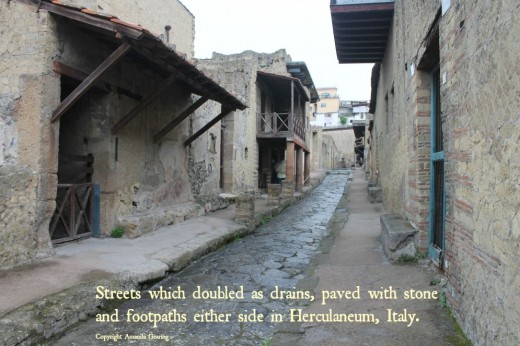
The streets of Herculaneum
The streets were flag-stoned and had narrow with footpaths, sometimes with columns or the remains of columns which were once a colonnade along the street. The houses ranged from quite small rooms, often decorated with wall paintings on every wall, to quite large houses with central courtyards and rooms arranged around the outside. Floors were often mosaics in geometric designs or with pictures.
Roofs were tiled in terracotta. 'Pubic houses' were obvious because of the stone 'counters' inset with large terracotta pots once used for ladling out food to customers. The counters had slabs of marble or mosaic tops. It started raining during our walk so we took refuge where we could and used our umbrellas and raincoat for protection. We had our usual bread rolls and cheese and fruit under the shelter of one of the houses with a surviving tiled roof.
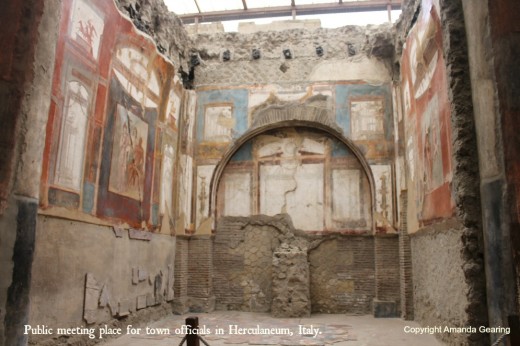
How did they discover Herculaneum?
Herculaneum was found when well-diggers located intact buildings underground in the early 18th Century. From the mid 1700s a scientific excavation began and the streets were mapped.
The entry to the tunnels dug were closed over and forgotten until the 20th century when archaeological excavations began again. This time one of the greatest treasures of the ancient Romans was discovered, the Villa of the Papyri, owned by a relative of Julius Ceasar, and its amazing store of 1800-2000 scrolls. The scrolls were carefully opened. The scrolls have mainly been philosophical texts written in Greek.
Pompeii
From Herculaneum we drove about 30 minutes to Pompeii. The GPS took us to the exit gate. A man on a stall there showed us the way to the most impressive buildings. The scale of the town of Pompeii is much larger than Herculaneum, at least a kilometre in each direction so took much more time to walk around. There were obviously main roads and secondary roads. The main ones were wide enough for a couple of horses with carts to pass in the street with footpaths either side beyond the roadways. Secondary roads were narrower but often had large stones at the corners - it seems the roads doubled as drains in wet weather and the stepping stones allowed people to cross the street without getting their feet wet.
Significant buildings here included the bath house - a network of rooms with various sized baths, decorated with statues, ceiling frescoes and with domed ceilings with central holes to let in light.
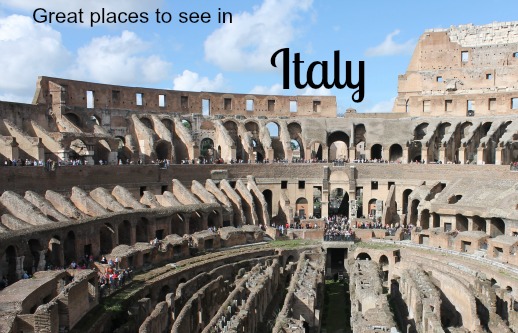
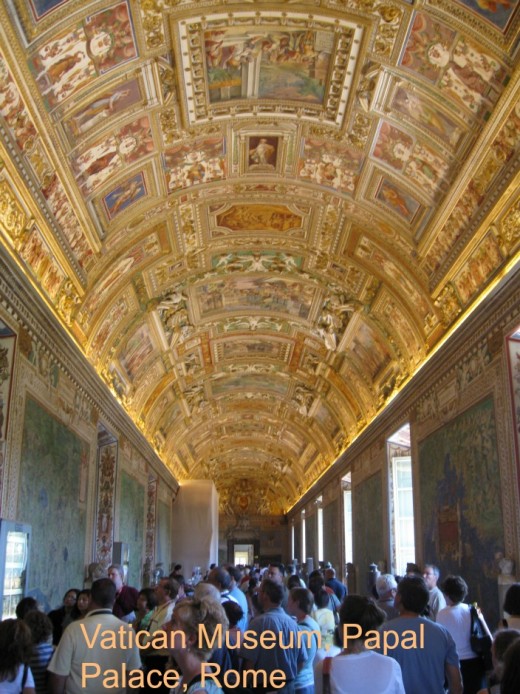
For more of my travel articles on Italy see the links or click on the pictures:
Marveling at the Sistine Chapel
A visit to the chapel which displays Michelangelo’s masterpiece, Vatican City, Rome, Italy
Step into St Peter's Basilica, Rome, Italy
A visit to St Peter's Basilica . . .
Stepping inside the main doors of St Peter’s Basilica, noisy hoards of tourists are stunned into silence, looking up and dropping their bottom jaw as they contemplate the sheer size and grandeur of this building.
The eyes are drawn from the huge, ornate marble pillars upwards to the soaring barrel-shaped ceiling that is heavily decorated with gold.
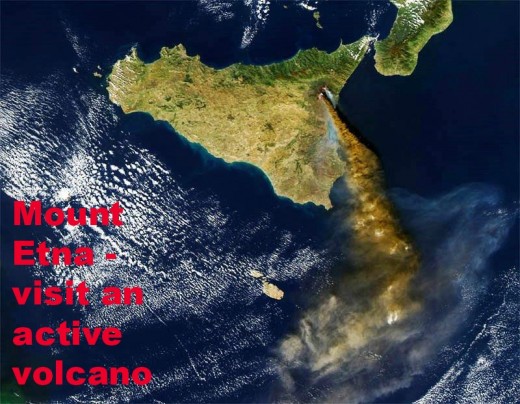
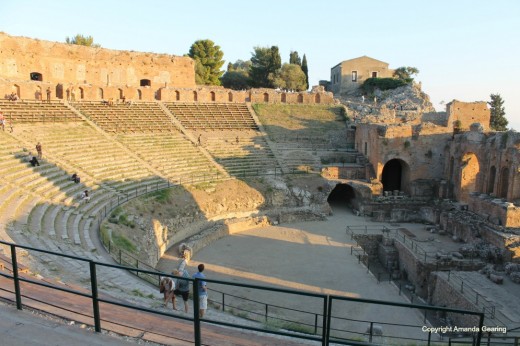
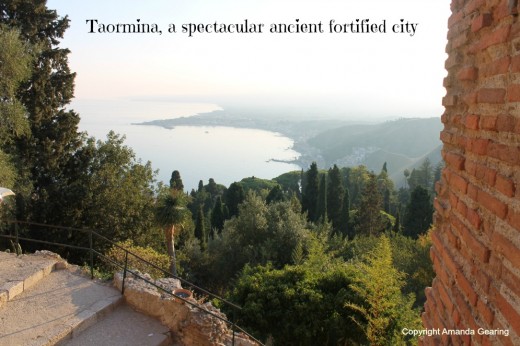
And for more articles on Sicily, see:
Mount Etna - visit an active volcano
Feeling the raw power of this enormous active volcano was a highlight of our trip to Sicily. Come with us to the cold, barren, windswept summit . . .
Valley of the Temples, Agrigento, Sicily
Sicily has many priceless relics. The Valley of the Temples, dating from 500 BC is one of the most famous because of its near-intact ancient temples. It attracts more than 500,000 visitors a year.
Sicily's most popular destination - Taormina
Taormina is built on a spectacular rocky plateau 250 metres above the surrounding countryside on the east coast of the island of Sicily.
Looking up towards the city from the east coast, the city appears incongruous, with sheer cliffs rising to a crowd of stone buildings perched on the top.
The most imposing ancient ruin in Taormina is a Roman amphitheatre which seats 10,000 people, built of brick and stone, with a curved walkway around the outside and a main stage which have remained almost intact.
Treasures of the Greek and Roman city of Syracuse, Sicily
The modern bustling city of Syracuse on the south coast of Sicily was founded more than 2700 years ago.


